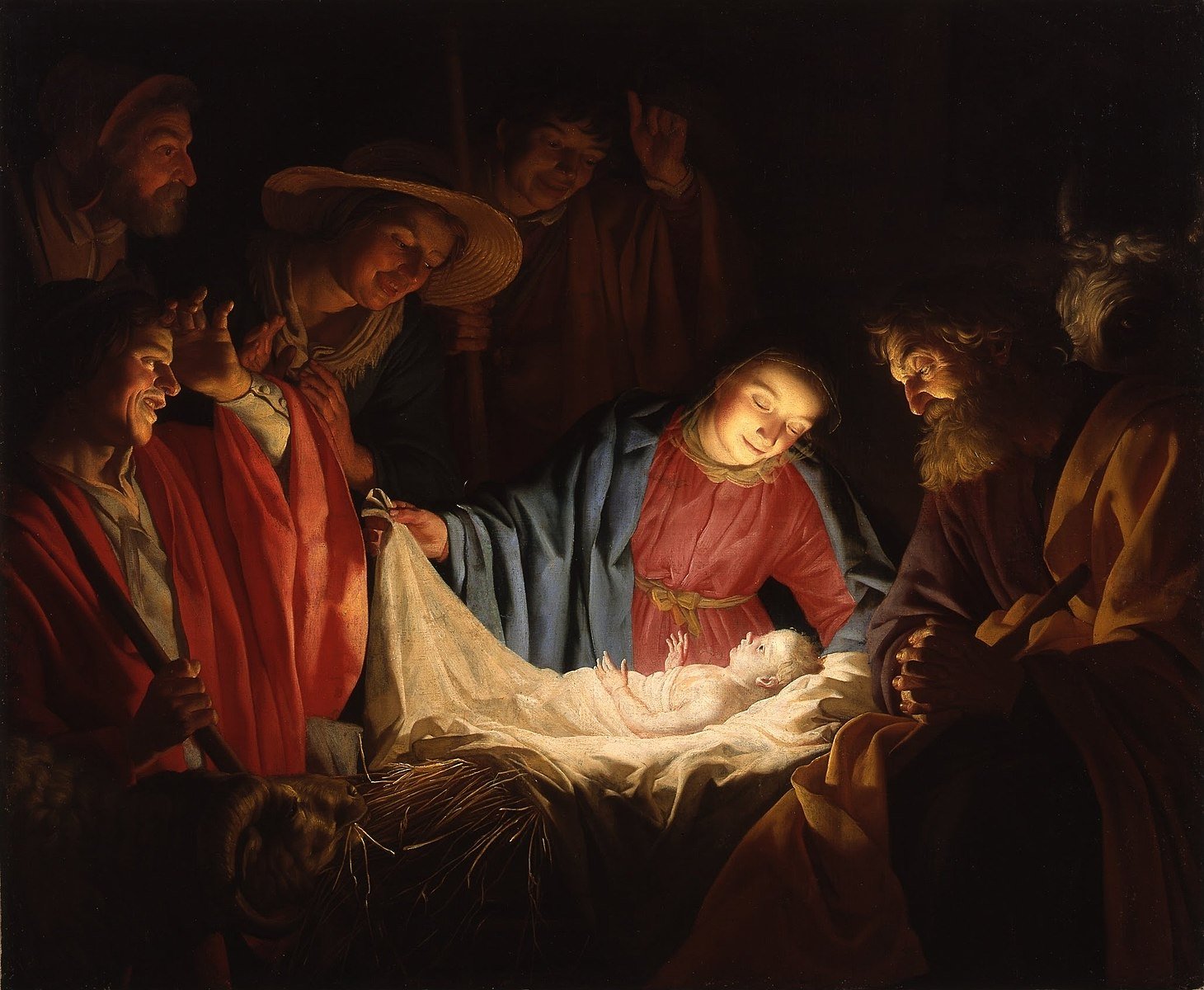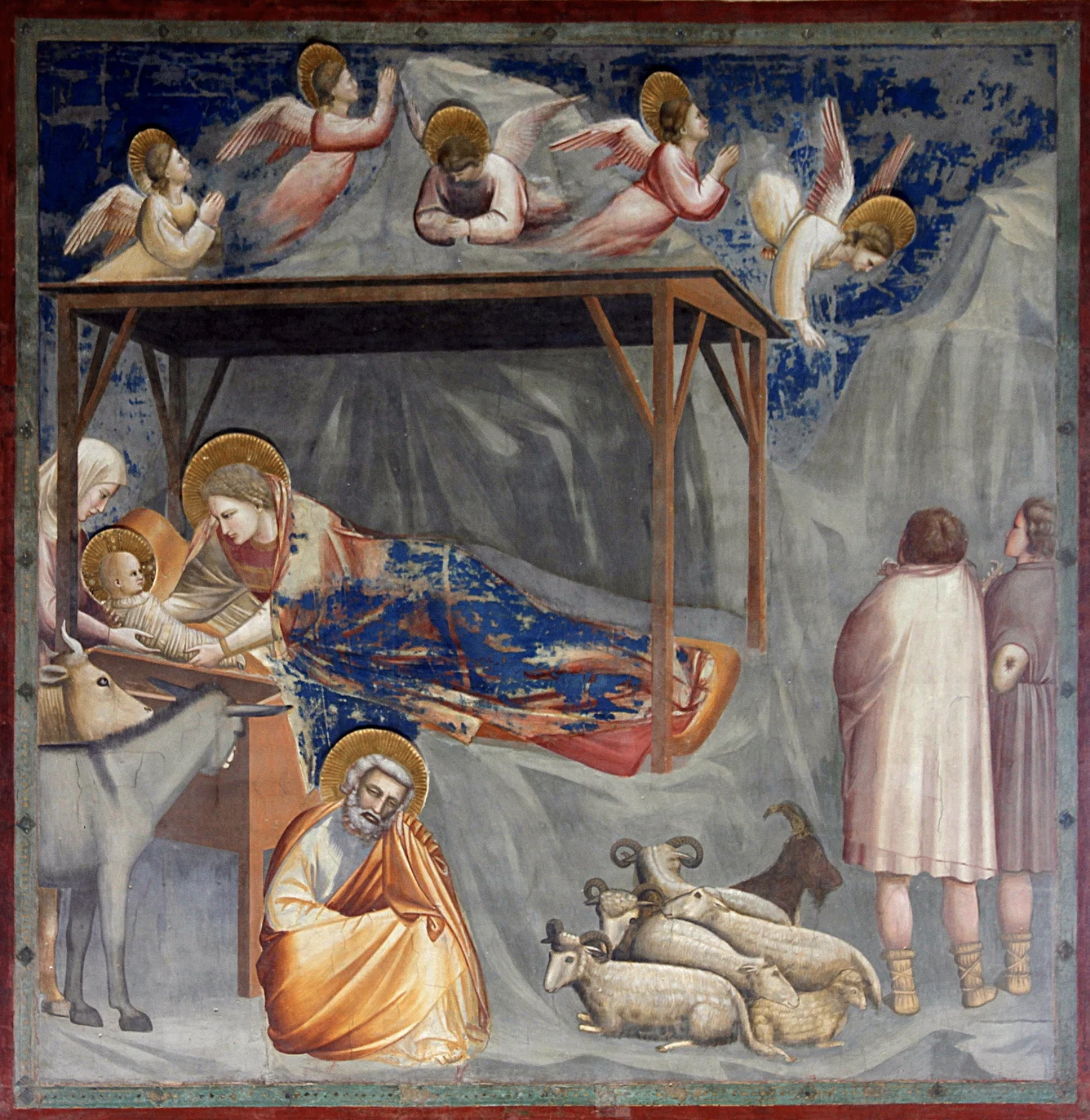The Symbolism of Colours in Christmas Art
The festive season is awash with vibrant colours that adorn our homes, streets, and, of course, our artwork. Christmas art, with its rich history and diverse cultural influences, has given rise to a palette of colors that carry deep symbolic meanings. In this exploration, we will delve into the historical and cultural significance of red, green, gold, and other colours associated with Christmas, examining how artists have harnessed these pigments to convey profound meanings.
Red: The Color of Passion and Sacrifice
Red, a colour that dominates the Christmas landscape, has multifaceted symbolism deeply rooted in history and tradition. In Christmas art, red often represents the passion and sacrifice associated with the birth of Christ. The colour is a nod to the blood of Jesus, symbolizing his sacrifice for humanity. Artists across centuries have used varying shades of red to evoke the emotional intensity of this pivotal moment in Christian theology.
Gerard van Honthorst, The Adoration of the Shepherds, c. 1622. Oil on Canvas. Image from Wikimedia Commons.
In "The Adoration of the Shepherds," Gerard van Honthorst employs a rich palette of deep red hues to accentuate the central figures and infuse the scene with a solemn and contemplative atmosphere. The use of red is masterfully executed, drawing attention to the significance of the shepherds' adoration and underscoring the theme of sacrifice associated with the birth of Christ.
Green: Symbolizing Renewal and Everlasting Life
Green, the color of evergreen trees and holly, is emblematic of renewal and everlasting life. In Christmas art, green serves as a reminder of the eternal nature of Christ's love and the promise of salvation. The use of greenery in decorations and paintings symbolizes hope, growth, and the enduring spirit of life even in the midst of winter.
Sandro Botticelli, The Mythic Nativity, 1500. Oil on Canvas. Image from Wikimedia Commons.
In "The Mystic Nativity," Botticelli incorporates lush green elements to convey a sense of divine vitality. The painting, rich in symbolic details, uses green to represent renewal and the everlasting life brought about by the birth of Christ. The greenery serves as a visual metaphor for the enduring spirit of hope and growth during the Christmas season.
Gold: A Royal Affair
Gold, with its regal allure, holds a special place in Christmas art, symbolizing the majesty and kingship of Jesus Christ. Artists often use gold to adorn halos, robes, and ornaments, emphasizing the divine nature of the newborn King. The shimmering brilliance of gold in Christmas art reflects the heavenly radiance associated with the Nativity.
Gentile da Fabriano, Adoration of the Magi, 1423. Image from Wikimedia Commons.
Gentile da Fabriano's "The Adoration of the Magi" is a testament to the opulence of the Christmas story. The artist employs gold leaf to enhance the regal splendor of the Magi's gifts, creating a sense of richness and majesty. The use of gold in this masterpiece symbolizes the divine nature of the newborn King and elevates the scene to a celestial plane.
Blue: Tranquility and the Virgin Mary
While red and green dominate, blue plays a significant role in Christmas art, particularly in depictions of the Virgin Mary. Blue symbolizes Mary's purity, humility, and connection to the divine. Artists use various shades of blue to create a sense of tranquility and serenity in scenes depicting the Nativity and the Madonna and Child.
Giotto di Bondone, The Nativity, (b. 1267 or 1277 - d. 1337 CE). Fresco Illustration. Scrovegni Chapel (aka Arena Chapel) in Padua, northern Italy. From c. 1304 to c. 1315 CE. Image from https://www.worldhistory.org/image/12682/the-nativity-by-giotto/.
Giotto di Bondone's "The Nativity" is characterized by the subtle use of blue. The artist chooses blue tones to highlight the quiet majesty of the Nativity, particularly emphasizing the purity and humility of the Virgin Mary. The tranquil atmosphere created by the blue hues contributes to the overall sense of awe and reverence surrounding the birth of Christ.
Giovanni Battista Salvi da Sassoferrato, The Virgin in Prayer, c. 1640-1650. Oil on Canvas. Image from Wikimedia Commons.
The Virgin in Prayer" by Giovanni Battista Salvi da Sassoferrato exemplifies the Renaissance tradition where artists such as Raphael and Leonardo da Vinci utilized shades of blue to convey the ethereal beauty of the Virgin Mary. In Sassoferrato's work, the deliberate and sublime use of blue tones envelops the Virgin in an aura of divine serenity, echoing the Renaissance emphasis on celestial symbolism. Much like Raphael's "Madonna del Granduca" and Leonardo's "Annunciation," where blue robes clothe Mary with a heavenly grace, Sassoferrato's masterpiece pays homage to the Renaissance tradition of employing varying shades of blue to enhance the spiritual and ethereal qualities of the Virgin Mary.
White: Purity and Holiness
White, often associated with snow, symbolizes purity, innocence, and the holiness of the Christmas season. In Christmas art, white is used to evoke a sense of divine light, purity of heart, and the sanctity of the miraculous event of Jesus' birth.
Antonio da Correggio, Nativity, c. 1528 - 1530. Oil on panel. Image from Wikimedia Commons.
Correggio's "The Holy Night" features a luminous atmosphere achieved through the use of soft white tones. Whilst these tones have now aged to a more yellow hue due to old varnish or linseed oil, the intended effect is still within our grasp. The artist skillfully employs white to symbolize purity and holiness, casting a divine light over the sacred scene. The ethereal quality of the painting, accentuated by the strategic use of white, enhances the viewer's perception of the miraculous event of Jesus' birth.
Have a wonderful Christmas
In the kaleidoscope of Christmas art, the colours chosen by artists are not merely aesthetic choices but convey layers of meaning deeply rooted in religious, cultural, and historical contexts. The symbolic richness of red, green, gold, blue, and white creates a visual tapestry that enhances our understanding of the profound narratives and traditions associated with the celebration of Christmas. As we admire these artworks, let us reflect on the intentional use of color, recognizing the artists' mastery in translating spiritual truths into a visual feast for the senses.
I wish everyone a wonderful Christmas!






